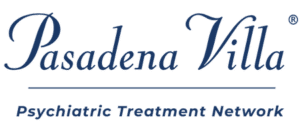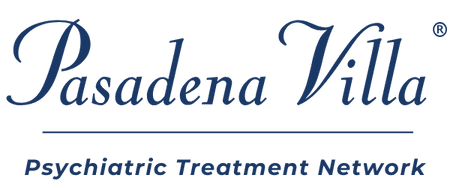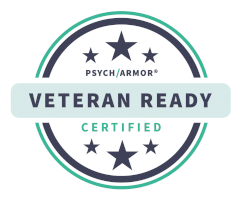Located on 25 acres in the rolling hills of the Great Smoky Mountains, The Stables at Pasadena Villa Smoky Mountain Lodge is a unique place where healing happens. As part of The Stables Autism Program, we offer a unique opportunity to interact with animals as part of our treatment programs. We use animal-assisted therapy with animals such as horses, sheep, goats, dogs, cats — even pigs and rabbits! — to help autistic individuals gain self-understanding and emotional growth.
What is Animal-Assisted Therapy?
According to the International Association of Human-Animal Interaction Organizations, animal-assisted therapy is “a goal-oriented, planned, and structured therapeutic intervention directed and/or delivered by health, education, and human service professionals. Intervention progress is measured and included in professional documentation. This therapy is delivered and/or directed by a formally trained professional. Animal-assisted therapy focuses on enhancing the physical, cognitive, behavioral, and/or socio-emotional functioning of the particular human client.”
Animal-assisted therapy not only supports our Social Integration Model at Pasadena Villa but also provides a non-judgmental environment that is different from traditional therapy sessions. It is designed to increase individuals’ independence once they leave treatment and eventually give them the tools to work at some vocational level.
Herd dynamics
Therapeutic sessions begin with herd dynamics, which models the animal relationships into the individual’s own dynamics. Horses are highly social beings, as are humans. Horses in a herd will determine who the leader is. However, this can change depending on the situation. For example, during the feeding process, a specific horse may eat first and then the others in a specific order or pattern afterward. A completely different horse may decide, during pasture time, when it is time to move to another part of the field.
Horses have a, sometimes subtle, way of communicating with each other — a swish of a tail or ear twitch may tell the entire herd to move to another area. One horse may be dominant over another, and a second over the third, and the third over the first. Sometimes horses within a herd may form smaller cliques. Herd dynamics is also applied to other animals at The Stables.
Herd observation
The herd dynamics are observed during the first few sessions, mostly in silence, with pencil and paper in hand for recording. During discussion/processing, individuals begin to relate more to one horse than any of the others. They can choose to “work” with a specific horse or may decide to be in the arena with all the horses and see which horse chooses them. There are endless ways to accomplish this process, none particularly right or wrong.
Applied behavior analysis (ABA)
Additionally, The Stables uses Applied Behavior Analysis (ABA), a scientific approach to understanding behavior. ABA refers to a set of principles that focus on how behaviors change or are affected by the environment, as well as how learning takes place. The term behavior refers to the skills and actions needed to talk, play, and live. While these principles impact everyone each day, they can be applied systematically through interventions to help individuals learn and apply new skills in their daily lives.
The goal of ABA is to establish and enhance socially important behaviors. Such behaviors can include academic, social, communication, and daily living skills. Essentially, any skill that will enhance the independence and/or quality of life for the individual.
Group Sessions
For group work, the clients complete a life-skills sheet anonymously to help determine the group sessions. Topics that have proven beneficial include:
- Breaking down barriers
- Trust
- Boundaries
- Self-sabotage
- Healthy and unhealthy guilt and shame
- Uprooting negative messages
- Communication
- Relationships
- Mindfulness
- Self-esteem
- Emotions
- Stress management
- Goal setting
- Self-care
By utilizing evidence-based modalities combined with Pasadena Vila’s Social Integration ModelTM, we can provide a structured environment that ensures an atmosphere for a better potential for success. We understand that routine schedules and built-in transitions are crucial for individuals with autism, and they need to know as much as possible about what’s next. Our program allows for that and more in a visually aesthetic and appealing environment.
Finding the Support You Need
Cathie shares, “The team at The Stables are people who have lived this – we know that it works, and we know that this program will help people. When people feel like they can’t survive anymore, they find the hope they need here, and they embrace their journey. They don’t have to stay victim to their disorder. We are passionate. When people come to The Stables, they don’t just survive, they thrive.”





